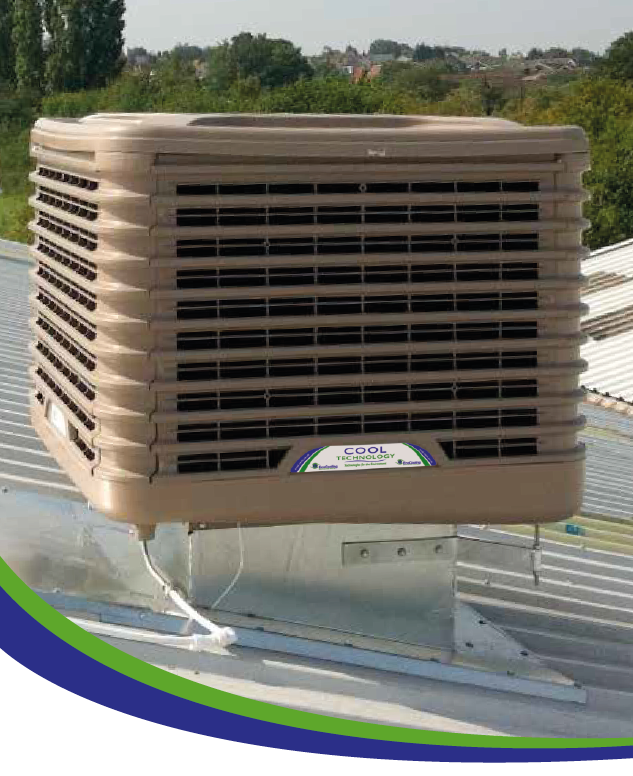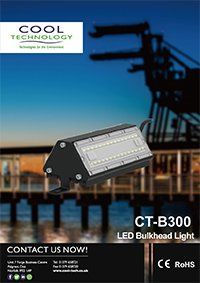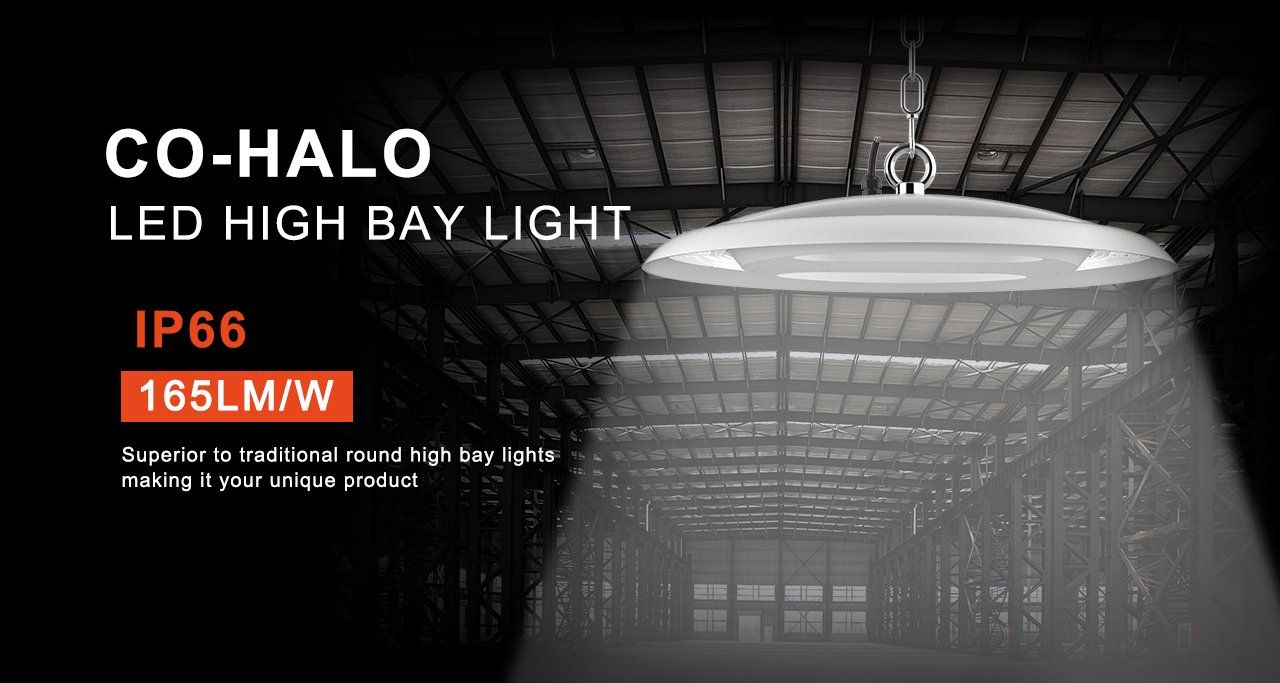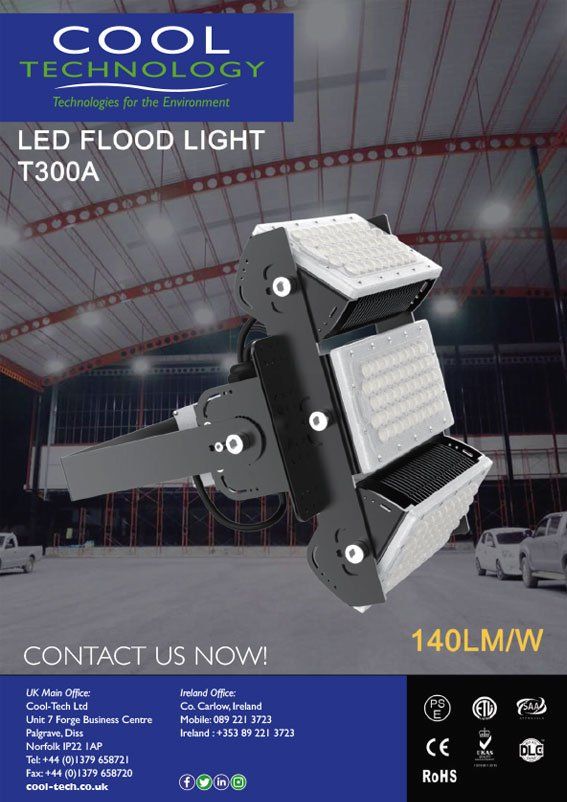Into HPC? How cool are your GPUs, ASICS and FPGAs?

The latest high density ‘High Performance Computing’ equipment is incredibly powerful. It needs to be powerful to quickly and efficiently process the vast amounts of data it’s tasked with crunching. At the same time the equipment is smaller than old-school CPU equipment.
Together the difference in size and power means it’s more of a challenge than ever to hit the perfect balance between efficiency and reliable environmental conditions. Add the fact that the tech has migrated from business-only to being used by consumers – think AI and large language models – and you can see why it’s putting a strain data centres and bringing high-density facilities to the fore.
In future demand for HPC will only keep on growing. So what challenges does this bring for cooling?
About data centre power density
Data centre power density shows you how many kW of power a server rack uses. The higher the density, the more kW is accommodated in a rack. It makes a lot of sense to optimise it because higher density racks mean reduced capital expenditure. You need fewer racks, power distribution units, wiring and other equipment to do the same jobs.
A smaller footprint with higher data centre density also means employees have less kit to manage and it’s easier to scale up without needing a bigger building. And shorter cables come with lower application latency, which is better for users.
So how do you figure out this all-important number? It involves multiplying the total kilowatts of power used by all the devices inside a cabinet then simply multiplying it by the number of racks. This’ll tell you whether the data centre is standard density or high-density, and that means it’s easier to plan ahead effectively.
How much energy do racks use?
As a general rule standard density racks can eat up as much as 10kW per cabinet, high-density racks consume 10-30kW, and the ultra high density versions use around 30 - 85kW each. As AI, Big Data analytics, the Internet of Things, Machine Learning and HPC become ever-more sophisticated, it’s likely we’ll need more power to run these racks. And all this activity means an increase in heat, which makes cooling one of the most important considerations for high density data centres.
Data centres clearly need to monitor their power use and thermal metrics at cabinet level, so they can fulfil fluctuating demand and at the same time keep the cost of cooling down. And that’s where tech like liquid cooling comes into play, reducing operating temperatures and keeping systems performing at the top end of their range.
How businesses are meeting soaring demand
To meet this new demand head on, some businesses are choosing not to set up their own high density data centre, using high density co-location services instead, built specifically to support huge workloads and bearing increased demand in mind from the offset. They provide the computing power needed along with secure, scalable, modern, efficient cooling.
While ordinary data centres can struggle to achieve great performance at a cost that works for businesses, those with evaporative cooling systems do a much better job. These cooling systems can be fitted for a surprisingly low cost.
In a world where new and emerging technologies could drive a stratospheric growth in processing power, our low cost, simple solutions save as much as 90% on regular air conditioning. The tech can be deployed fast, offers dramatically lower energy consumption, boosts employee productivity and wellness thanks to cool, 100% fresh air, and slashes carbon emissions.
You’re in good company, with big players like Rolls Royce, BT and Transport for London investing in evaporative cooling tech. And it costs nothing to talk – so why not
give us a call
to discuss the potential?










